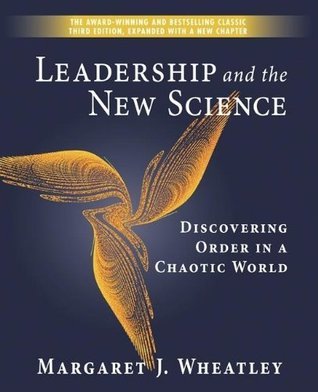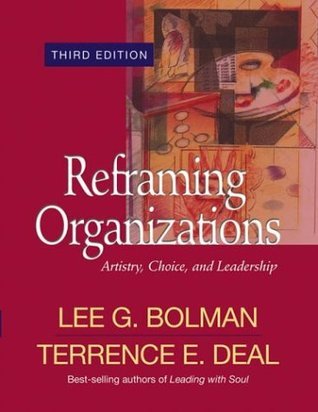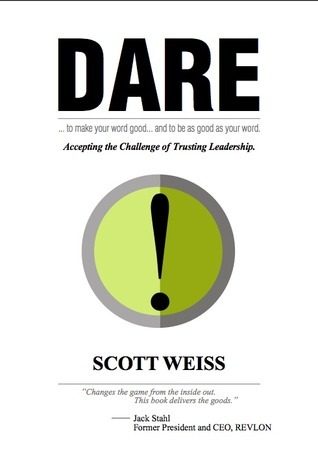
Leadership and the New Science: Discovering Order in a Chaotic World
Book Description
Chaos reigns in a world spinning faster than ever, and the old rules of leadership no longer apply. Margaret J. Wheatley unveils a revolutionary perspective, drawing from the realms of science to reveal patterns in the unpredictability. She challenges conventional wisdom, exposing the beauty of complexity and interconnectedness that shapes our organizations. With vivid examples and bold insights, this book transforms the way leaders think and act, sparking a movement toward resilience and innovation. Are you ready to embrace the chaos and redefine your path to leadership?
Quick Book Summary
"Leadership and the New Science" by Margaret J. Wheatley is a groundbreaking exploration of modern leadership inspired by scientific advances in fields like quantum physics, chaos theory, and biology. Wheatley argues that traditional, mechanistic leadership models are inadequate for today’s dynamic and unpredictable environments. By drawing parallels between natural systems and organizational life, she reimagines organizations as living systems where relationships, adaptation, and self-organization are central. Through accessible metaphors and real-world examples, Wheatley encourages leaders to embrace uncertainty, foster collaboration, and trust in the emerging order that arises from chaos. Her perspective invites a shift away from rigid control toward openness, interconnectedness, and resilience, offering a transformative vision for leading effectively in a complex world.
Summary of Key Ideas
Table of Contents
Organizations as Living Systems
Wheatley begins by challenging the conventional view of organizations as machines, which rely on control, predictability, and hierarchical order. Drawing from new scientific discoveries, she invites leaders to see organizations as living systems that are organic, adaptive, and inherently creative. This paradigm shift suggests that order and progress do not arise from rigid plans but from the natural and spontaneous patterns that emerge when people collaborate freely. In living systems, diversity and interdependence are sources of vitality and innovation rather than problems to be managed.
Embracing Uncertainty and Chaos
Central to Wheatley’s argument is the notion that chaos and uncertainty are not enemies to be conquered, but natural states that can lead to growth and new possibilities. She uses chaos theory and quantum physics to illustrate how unpredictability and nonlinear change are inherent in complex systems, including organizations. Instead of fearing instability, leaders should cultivate an environment where experimentation, learning from mistakes, and adaptation become the norm. By doing so, organizations can become more resilient and better prepared to respond to shifting circumstances.
The Power of Relationships and Interconnectedness
Relationships emerge as a foundational theme throughout the book. Wheatley emphasizes the interconnectedness seen in all vibrant systems, where trust, communication, and diversity foster strength. She highlights how relationships—rather than isolated individuals or directives—are what truly drive organizational effectiveness. By nurturing robust networks and open dialogue, leaders can harness the collective intelligence of their teams. In this new model, leadership is less about command and more about facilitating the connections that spark creativity and collaboration.
Self-Organization and Emergence
Wheatley also explores the principle of self-organization, wherein complex structures arise naturally from simple rules and interactions rather than through top-down management. In healthy organizations, people are empowered to act autonomously, guided by shared values and mutual understanding. Leaders play a vital role in articulating purpose and inviting others to co-create meaning. This approach unleashes the potential within organizations, enabling more agile and innovative responses to challenges.
Redefining Leadership for Complexity
Ultimately, Wheatley redefines leadership for a world of complexity, advocating for humility, compassion, and curiosity in the face of ambiguity. She urges leaders to become stewards of the system, nurturing the conditions that allow people and ideas to flourish. Through stories and scientific metaphors, she presents a hopeful vision: by embracing complexity and fostering human connection, leaders can build organizations that thrive amidst uncertainty and become sources of inspiration and positive change.
Download This Summary
Get a free PDF of this summary instantly — no email required.





